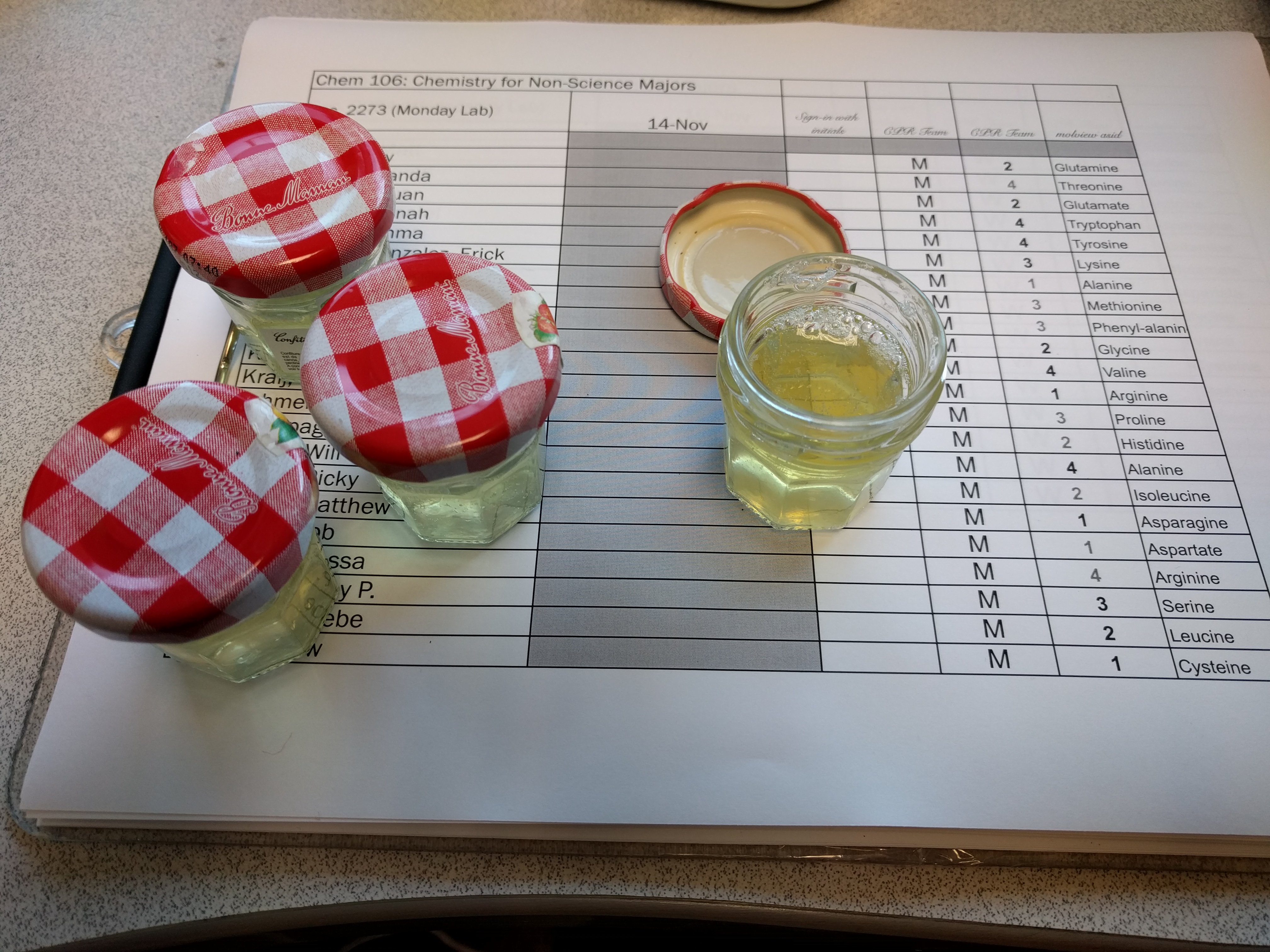|
|
Adapted from Wikipedia and the ChemWiki / Libretext
Eggs (albumin)
Egg white is the clear, sticky, viscous liquid within an egg. In chickens, it is formed from secretions in the anterior section of the hen's oviduct during the passage of the egg. Fortunately, for eggs to be widely useful as a food, it forms around unfertilized egg yolks as well as fertilized. Food grade eggs are inspected to be sure the eggs are unfertilized. The egg white acts as a fluid cushion that protects the yolk from shock and rupturing if the egg is shaken, and it provides additional nutrition for the growth of the chicken embryo (when fertilized) as the chick developes.
Egg whites contain a little more than 50% of the total protein in the egg. The remainder is found in the yolk.
Egg white consists of ~90% water and ~10% dissolved proteins (including albumins, mucoproteins, and globulins). Ovalbumin (abbreviated OVA) is the main protein found in egg white, which makes up 60-65% of the total protein.
A sequence of 385 amino acids are combined through peptide bonds to form hen ovalbumin. The molecular weight (molar mass) of the polypeptide chain of ovalbumin is 42,699 daltons (amu), having a molar mass = 42,699 g/mol.. The amino acid sequence of ovalbumin deduced from experimentation using amino acid sequencing agrees with the experimental sequence of mRNA that codes for the ovalbumin. A portion of the amino acid sequence, which is referred to as the primary structure follows. (Refer to the amino acid table for the a list of letter designations for each of the 20 amino acids, which is referred to as a "residue" in the protein.)
GSIGAASMEFCFDVFKELKVHHANENIFYCPIAIMSALAMVYLG
AKDSTRTQINKVVRFDKLPGFGDSIEAQCGTSVNVHSSLRDILNQ
ITKPNDVYSFSLASRLYAEERYPILPEYLQCVKELYRGGLEPINF
QTAADQARELINSWVESQTNGIIRNVLQPSSVDSQTAMVLVNAIVThe carbohydrate content of egg white is less than 1%. It contains almost no fat, unlike the yolk, which is very high in fats and other lipids.
Egg white has many uses in food and drink: mayonnaise, custards, ice cream bases, lemon curd, mousse, macaroons, Pavlova, meringues, fritatas, and the white froth in cocktails such as a Ramos Gin Fizz. It is also used as a medium to produce seasonal vaccines that protect against 3 or 4 different types of viruses (trivalent or quadrivalent vaccines).
The albumin in eggs " denatures" when heated, that is, it takes on a different shape and structure. The albumin solidifies rather than turning more liquid as in some other types of proteins such as collagen. This is because of the difference in shapes that the two types of proteins take. One is more organized than the other. This organization involves higher, more complex levels of structure that proteins have in comparison to the primary structure, which is only based on the amino acid sequence. Refer to Amino Acids - Proteins Presentation .html , ppt, pdf
The four structural levels of proteins are:
• 1o (primary): The sequence of amino acids, eg. ARDV: Ala.Arg.Asp.Val.
H2N- on the left and on the right -COOH• 2o (secondary): Structures which include, folds, turns, alpha-helices, and beta-sheets held in place by hydrogen bonds.
• 3o (tertiary): 3-d arrangement of all atoms in a single polypeptide chain.
• 4o (quaternary): Arrangement of all polypeptide chains into a functional protein, eg. hemoglobin with 4 strands: 2 pairs of 2 chains, one "alpha" and one "beta"This experiment examines a number of factors that affect the overall protein structure of chicken egg albumin.
Experimental Procedure

Post Lab Questions
This work is licensed under a Creative Commons Attribution 4.0 International License.